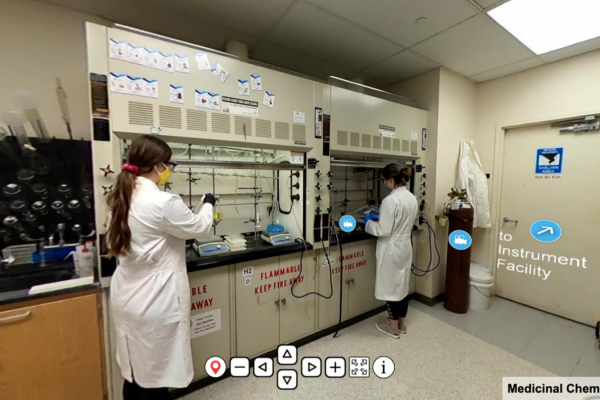August 24, 2021
The Scientist Next Door Update: Making The Invisible Accessible, Virtually

Adelyn Arens, Byrd Center undergraduate intern, created a blog post for The STEAM Factory about her work to create virtual tours for OSU labs and research facilities as part of a Battelle Engineering, Technology and Human Affairs (BETHA) grant. The project is called the Scientist Next Door.
